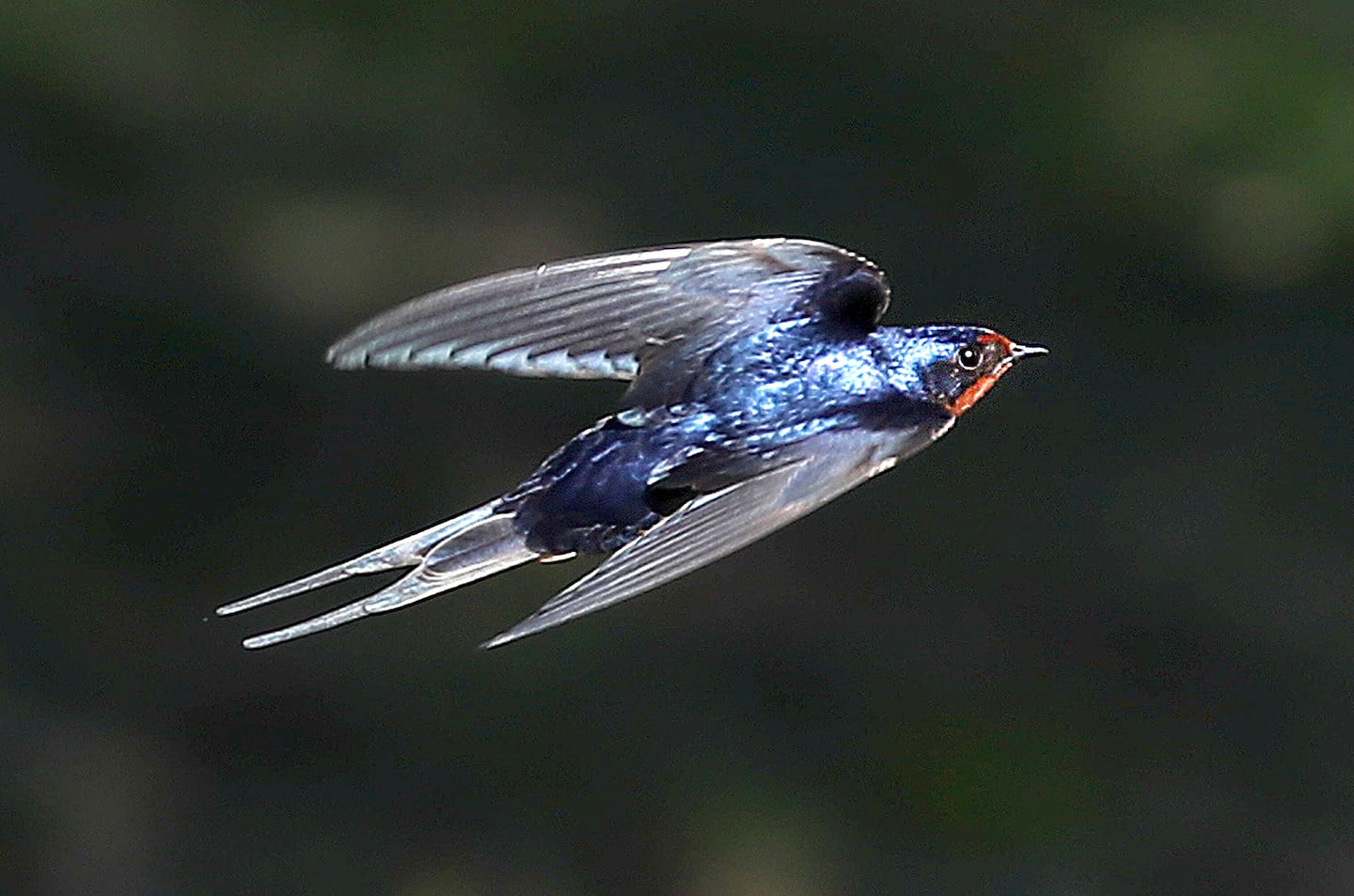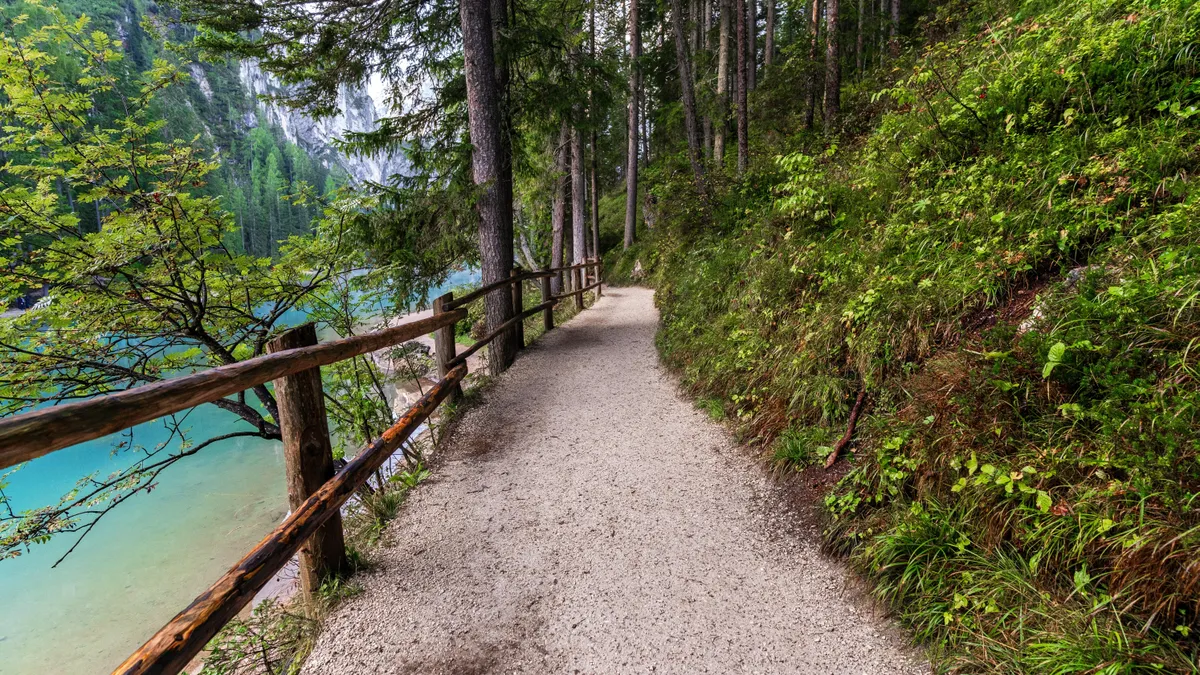
One of my favorite things about late February is the sound of bird song. It’s a reminder that spring is on the way, and it somehow brightens those late winter mornings even more. Fast forward to this time of the year, in autumn, and it’s much quieter in the mornings with many birds no longer mating, but rather conserving energy for the long journey to warmer climates. Millions have already started heading south, seeking milder weather and more abundant food sources.
Most will travel to the Southern U.S., while some long-distance migratory birds leave the United States entirely to winter in the tropics: the Caribbean, Central America, or South America.
Even if you’re not an ornithologist, you may know that some species of birds remain in New England all winter — like woodpeckers, chickadees, northern cardinals, titmice, and blue jays. Others only come around locally for summer breeding or travel farther north before turning around. But this year’s crop of new birds will now head to new homes to spend the winter. . I find it biologically mind-blowing to me that these little creatures, which hatch from eggs in the spring and summer, somehow can make a lengthy trip in such a short time, to a place they’ve never been.
Herb Wilson, an ornithologist and retired professor from Colby College, said the trek from New England starts early for some birds. Those species that capture insects, like swallows, chimney swifts, and common nighthawks, begin migrating as early as August. “Food availability is a major determining factor for when birds depart from New England to points south,” Wilson said, noting that ”flying insect abundance begins tailing off in August.” .
Advertisement
Advertisement
One of the reasons why warblers, vireos, and tanagers are still around, Wilson said, is their reliance on the caterpillars that feed on our deciduous trees. “Since these trees hold their leaves until October, these leaf-cleaning birds are mainly September migrants,” he said. “Birds like the warblers would be in trouble once the leaves fell, trying to find sufficient food.”
Groups of sparrows, grosbeaks, and finches mostly migrate in October and early November since they can continue feeding on seeds, another common food source, until they become covered with snow, which is less common than it was decades ago.
Wilson reminded me that meteorologists’ own forecasting can predict which nights will ensure strong migratory flights. A cold front passage during the fall will flip the winds from the south to the north. Obviously, the birds are going to do better with a strong tailwind, conserving energy and perhaps arriving ahead of schedule, if there is such a thing.
You can track the nightly migration of the birds on a site called BirdCast, which also provides daily forecasts and a state-by-state dashboard tracker. On Sept. 25, BirdCast said the US saw its biggest night of bird migration, with 1.2 billion of our feathered friends traveling.
Birds tend to migrate when the weather is most favorable, so in reality, there will be more spikes in bird migration rather than a smooth, consistent number. For example, the bird migration forecast for Friday night is quite high over our area.
Advertisement
It’s critical to note that migration itself is hard enough. Some bird populations are also under threat. One issue is the use of neonicotinoid or “neonics” pesticides. The most common one homeowners are likely to use contains the active ingredient imidacloprid, which can impact bird migration by directly harming birds and indirectly reducing their food supply. According to the American Bird Conservancy, studies have shown that one seed coated with these neonics can kill a songbird, and even if the dose of these chemicals is not lethal, it can result in weight loss and impaired navigation, which can have obviously deadly consequences. Many of these chemicals have been banned across the EU and Canada, and there are state-level regulations in the United States, including in Rhode Island, Vermont, and Maine.
Billions of birds make the twice annual trek back and forth between breeding grounds and winter respites. It’s an amazing feat of nature that often goes unnoticed, high above our homes, but it can provide so much entertainment and pleasure as those wonderful little creatures make a stop at backyard feeders, nectar, and seed-producing plants on their way.



